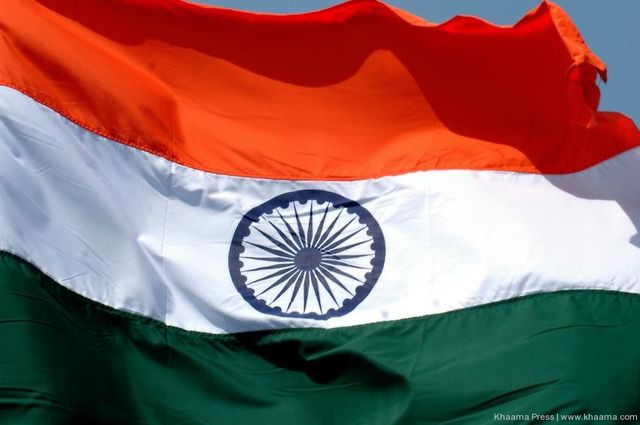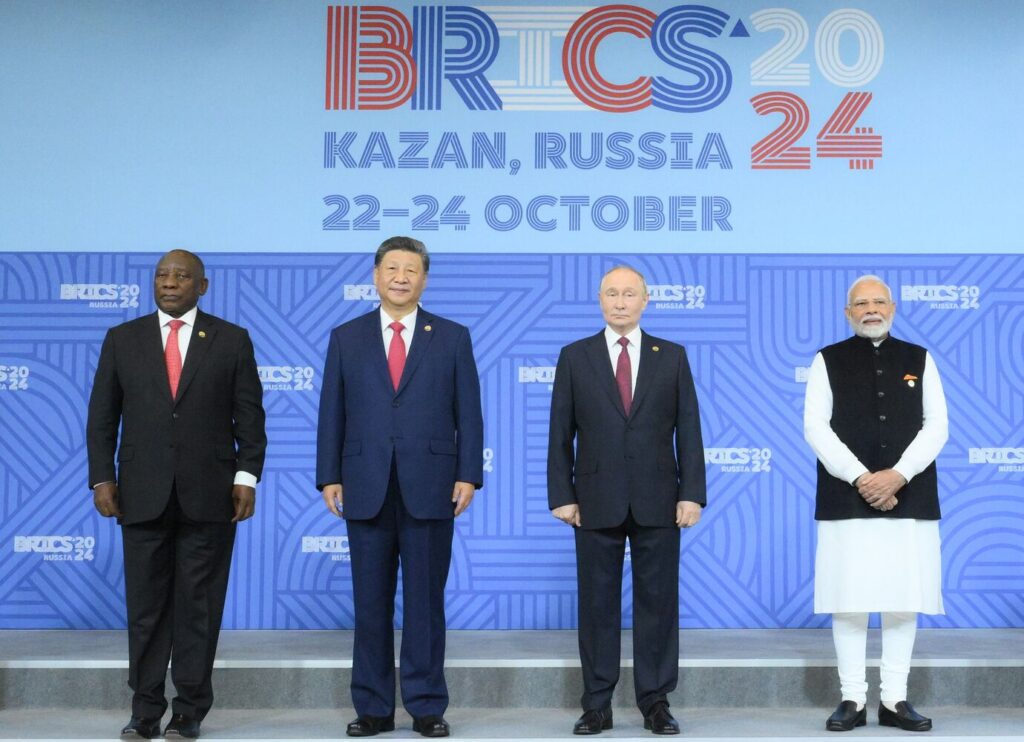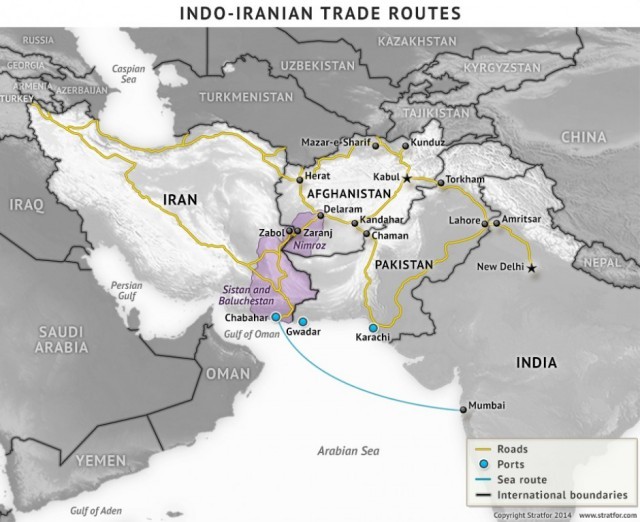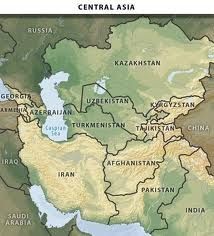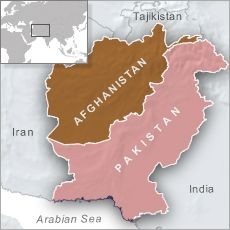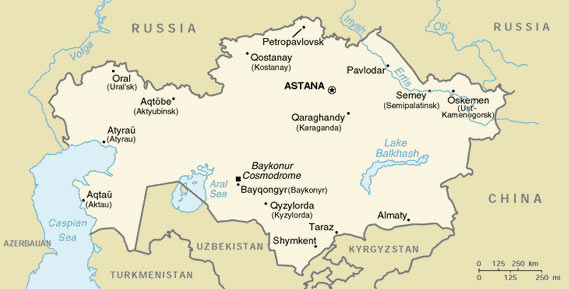The middle-income trap, a pressing issue that has led to the stagnation of many successful developing economies, demands immediate attention. This trap, which occurs when a middle-income country can no longer compete internationally in standardized, labor-intensive goods due to relatively high wages, is a result of various factors, including countries most successful demographic characteristics. For instance, access to education has reduced birth rates due to an almost 100% literacy rate defined by 12 years of education. In the process, importing cheap manufacturing products has made local products uncompetitive. In such a situation, the country should have planned to upgrade current skill-based education to high-tech skills such as ICT, pharmaceuticals, etc. This shift to high-tech education holds immense potential for developing countries, offering a pathway out of the middle-income trap. Unfortunately, poor investment in developing high-tech education has led to an inadequate supply of a high-skilled workforce. Developed economies, such as the U.S. and a few European countries, are in an advantageous position to overcome such a trap due to their highly effective immigration policy. Developing countries, such as Brazil, Mexico, Argentina, the Philippines, and almost all Central Asian Republics, meanwhile, suffer. This will be further aggravated if the issue is not addressed urgently.
Due to its geographic location and natural resource endowments, Central Asia, a diverse region with a mix of upper-middle and low-income countries, holds significant importance in the global economic landscape. Let’s look at a specific case, such as Uzbekistan, a country whose population is growing at 1.3% per annum. Regarding age structure, the 0-14 age group makes up 30.1% of the population, the 15-64 age group 64.6%, and the 65-plus group constitutes just 5.3%. The country has achieved a high literacy rate, with 100% of the population completing 12 years of primary and higher secondary education. However, the country’s GDP per capita is relatively low, at US$ 3,209 (nominal term) and US$ 11,316 (PPP). The country’s economy is dominated by the services sector, which contributes 48.4% to the GDP, followed by industry at 33.7%, and agriculture at 17.9%. The poverty line is set at less than US$ 3.2 per day, affecting 10% of the population. The country’s labor force is distributed across sectors, with 25.9% in agriculture, 13.2% in industry, and 60.9% in services. The unemployment rate is 5.3%, and underemployment is a significant issue, affecting 20% of the population. The low supply of highly skilled workers challenges further increasing per capita income. The country will likely fall into this middle-income trap because it reaches a certain average income and cannot progress beyond that level.
It seems helpful to mention some insights from this perspective. During Soviet times, the growth model of states was determined by their available resources, and Central Asia is rich in abundant resources. However, in most cases, primary resources were taken to other non-resource wealthy states for further value addition. So, the workforce was created in the respective states based on the concerned state’s requirements. Workforce migration from one state to another was common if they had different skill sets. The collapse of the Soviet system made many states noncompetitive.
Interestingly, according to recent statistics published in 2023, Russia became the primary destination for labor migrants who were citizens of CIS (Commonwealth of Independent States) countries. The largest share fell on the citizens of Uzbekistan: 1.45 million, or almost 42% of the total, followed by Tajikistan with 986,700 (28.4%), and Kyrgyzstan, where 562,600 (16.2%) arrived during the year. In addition, Armenia, Kazakhstan, Azerbaijan, Turkey, China, Vietnam and Moldova are also sources of Russia’s migration. Various sources reveal a strong demand for low-skilled jobs in Russia, such as delivery, drivers, storekeepers, and other service-related activities. The strengthening of the ruble and Russia’s attractive economic growth despite the war has further created job opportunities for a low-skill workforce in Russia. The IMF forecasts a 2.6% increase in GDP in 2024.
The landlocked Central Asian Republics are considered resource-based regions, starting with energy, minerals, agriculture, cotton, and dried fruits. Similarly, India has opportunities to export manufacturing and pharmaceutical products. The logistic costs are high because bottlenecks prevail in taking advantage of the Chabahar Port in southeastern Iran. The marine distance of Chabahar from Mumbai port is about 1,560 km. Interestingly, Chabahar Port is located on the Makran coast of Sistan and the Baluchistan Province, next to the Gulf of Oman and at the entry point of the Strait of Hormuz. It is the only Iranian port with direct access to the Indian Ocean. It consists of two ports, Shahid Kalantari and Shahid Beheshti, each with five berths. The Chabahar Port, located 170 km west of the Pakistani port of Gwadar, has been termed the Golden Gate to these landlocked countries because it is close to Afghanistan and the Central Asian countries of Turkmenistan and Uzbekistan. The potential of Chabahar Port to serve as a gateway for these landlocked Central Asian countries is a beacon of hope, promising a path to their economic development and a way out of the middle-income trap.
India and Iran first agreed on plans to further develop the Shahid Beheshti port in 2003, but sanctions against Iran became an impediment. In May 2016, India and Iran signed a bilateral agreement that India would refurbish one of the five berths at Shahid Beheshti and reconstruct a 600-meter-long container handling facility at the port. The port is partly intended to provide an alternative for the trade routes between India and Afghanistan as it is 800 kilometers closer to the border of Afghanistan than Pakistan’s Karachi port. The port handled 2.1 million tons of cargo in 2015, which was planned to be upgraded to handle 8.5 million tons by 2016. It was intended to handle 86 million tons shortly. Apropos the re-imposition of sanctions against Iran, foreign companies became hesitant to participate in the port’s expansion, and only 10% of the port’s 8.5-million-ton total capacity was utilized in 2019. The sanctions stopped India’s involvement and investment in the US$1.6 billion Chabahar–Zahedan railway. It is interesting to note that, in October 2017, India’s first shipment of wheat to Afghanistan was sent through the Chabahar Port. In December 2018, India took over the port’s operations.
Despite the impediments to commodity trade, India’s competitiveness in trade in services such as English language-based education and skills development in high-tech areas has created enormous opportunities, and they may go unchallenged. The government of India’s many short-term training programs for skills development is noteworthy in this context. Countries in this region, such as Uzbekistan, are ideal places to manufacture pharmaceutical products, explore local markets, and export to European nations. Many Indian pharmaceutical companies are located in Tashkent because of the easy availability of a workforce with a pharmaceutical background and competitive wages. Instead of importing Active Pharmaceutical Ingredients (API), Indian companies are also manufacturing API in Tashkent and other cities because of the availability of minerals with cheaper options.
In addition, Uzbekistan’s eminent medical universities, such as the Samarkand Medical University, Bukhara Medical Institute, Tashkent Medical Academy, and Andijan State Medical Institute, attract thousands of students annually from India to study the MBBS program. Many students come from China, Pakistan, Mongolia, Afghanistan, Bangladesh, and other countries. Education is in English, delivered chiefly by Indian, Russian, and Uzbek teachers. Tuition fees are cheaper, and so are living costs.
India’s soft power is visible now in Central Asia. Further developing trade in services and investment will make it plausible to redefine the relationship between India and Central Asia.
